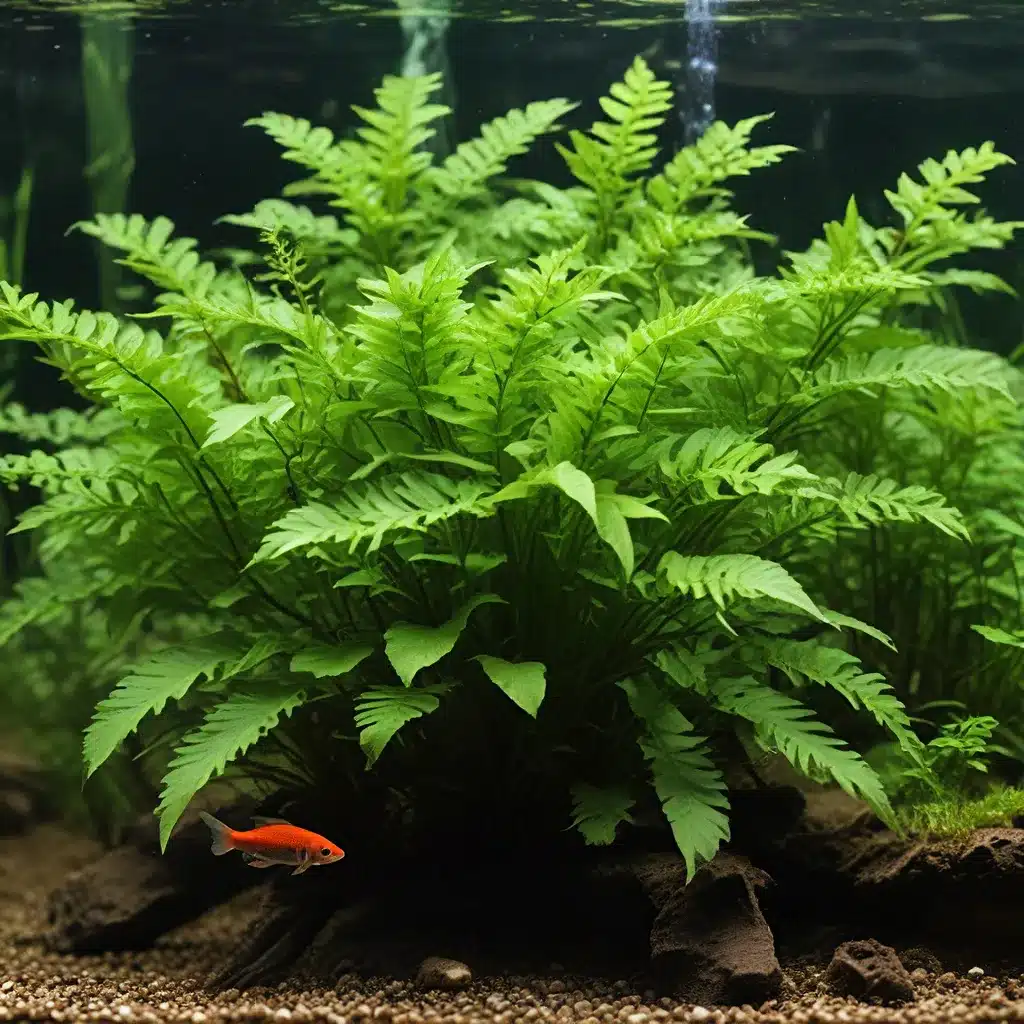
Navigating the Invasive Species Challenge
As aquarium enthusiasts, we take great pride in cultivating vibrant, thriving ecosystems in our home aquariums. However, the introduction of unwanted, invasive species can quickly disrupt this delicate balance, leading to a cascade of problems that threaten the health and beauty of our aquatic gardens. In this comprehensive guide, we’ll explore the strategies and techniques necessary to identify, manage, and eliminate these aquatic invaders, ensuring the long-term success and sustainability of your captivating underwater oasis.
Understanding Invasive Species Regulations
Aquarium plant pests and invasive species are a serious concern, not just for hobbyists, but for the broader ecosystem. Many regions have implemented robust regulatory frameworks to address this issue. For example, the state of Wisconsin has the Invasive Species Identification, Classification, and Control Rule (NR 40), which establishes a comprehensive, science-based system to classify and manage invasive species.
Under this rule, certain invasive species are categorized as “prohibited,” meaning their possession, transport, transfer, or introduction is strictly banned without a permit. Other “restricted” species may be possessed but are still subject to regulations on their movement and introduction. Aquarium hobbyists must familiarize themselves with the specific regulations in their area to ensure compliance and safeguard the delicate balance of their aquatic environments.
Identifying Aquarium Plant Pests and Invasive Species
The first step in effective plant pest control is to be able to accurately identify the invasive species that may threaten your aquarium. This can be a challenging task, as the diversity of aquatic plants and animals is vast, and many non-native species can closely resemble their indigenous counterparts.
To aid in the identification process, it’s essential to consult reliable online resources, such as government-sponsored websites, which provide detailed species profiles, identification guides, and control methods. Additionally, seeking guidance from experienced aquarium enthusiasts or local experts can be invaluable in recognizing and addressing the unique invaders that may lurk within your aquarium.
Preventive Measures: Safeguarding Your Aquatic Oasis
Proactive prevention is the key to maintaining a healthy, pest-free aquarium. Here are some essential steps you can take to mitigate the risk of introducing and spreading invasive species:
-
Thoroughly Inspect New Acquisitions: Carefully examine any new plants, fish, or other aquatic organisms before adding them to your aquarium. Look for signs of pests, disease, or non-native species, and quarantine new additions for a period to ensure they are not harboring any unwanted stowaways.
-
Implement Proper Aquarium Maintenance: Regularly clean your aquarium, siphon out debris, and perform water changes to maintain optimal water quality. This not only promotes the health of your desired species but also creates an environment less conducive to the proliferation of invasive plants and pests.
-
Dispose of Aquarium Waste Responsibly: When performing maintenance or removing unwanted aquarium contents, be sure to dispose of them properly, in accordance with local regulations. Avoid dumping aquarium water, plants, or animals into natural waterways, as this can inadvertently introduce invasive species to the local ecosystem.
-
Educate Yourself and Others: Stay informed about the latest invasive species threats, regulations, and control methods. Share this knowledge with fellow aquarium enthusiasts, fostering a community-wide commitment to responsible aquarium management and environmental stewardship.
Integrated Pest Management: A Holistic Approach
When faced with an established invasion of aquarium plant pests or invasive species, a comprehensive Integrated Pest Management (IPM) strategy is essential. This approach combines multiple control techniques to effectively eliminate the problem while minimizing the impact on the desired aquarium inhabitants.
-
Physical Removal: Manually removing and disposing of infected plants, algae, or other visible pests is often the first line of defense. This can be a labor-intensive process, but it’s an effective way to quickly address localized infestations.
-
Biological Control: Introducing natural predators or competitors, such as certain fish or invertebrate species, can help keep invasive plant growth and pest populations in check. However, careful research is needed to ensure the introduced organisms do not themselves become problematic.
-
Chemical Treatment: As a last resort, targeted chemical treatments, such as algaecides or herbicides, may be necessary to eradicate stubborn infestations. It’s crucial to use these products judiciously, following all label instructions and taking precautions to protect your desired aquarium inhabitants.
-
Environmental Manipulation: Adjusting factors like water temperature, pH, nutrient levels, or lighting can create an environment that is less favorable for the survival and proliferation of invasive species, while still supporting the health of your desired aquarium plants and animals.
By employing a multi-faceted IPM approach, you can effectively address aquarium plant pests and invasive species, restoring the balance and beauty of your underwater oasis. Remember, a proactive and diligent approach is key to maintaining a thriving, sustainable aquarium ecosystem.
Keeping Your Aquarium Healthy and Vibrant
Aquarium plant pest control is a critical aspect of responsible aquarium management, and by understanding the challenges, regulations, and proven control methods, you can safeguard the long-term health and vibrancy of your captivating underwater world. Stay vigilant, educate yourself, and work in harmony with your local ecosystem to ensure your aquarium remains a true haven for aquatic life.
For more information and resources on aquarium care, plant maintenance, and water quality management, be sure to visit King Aquarium, a leading provider of expert advice and high-quality aquarium supplies.

